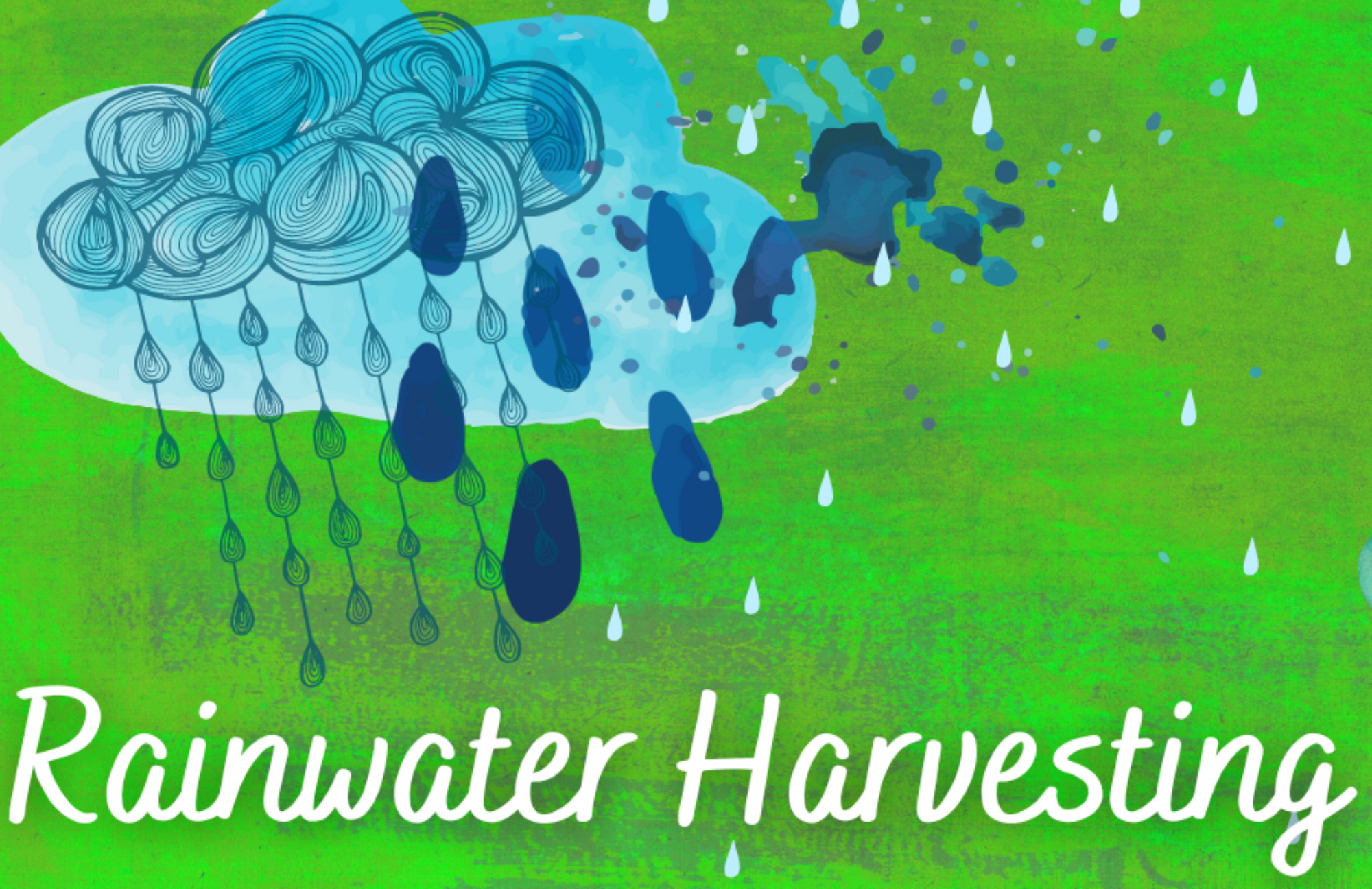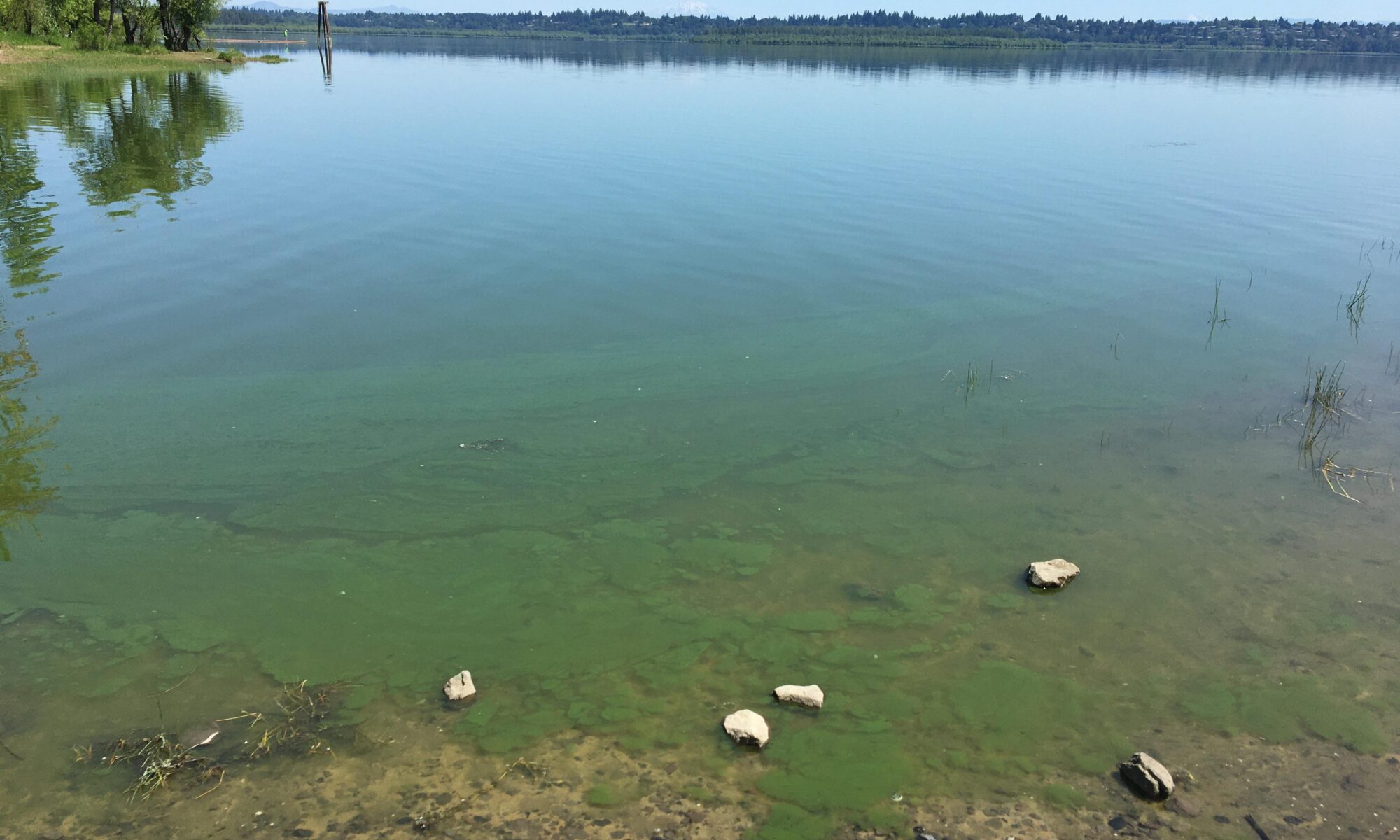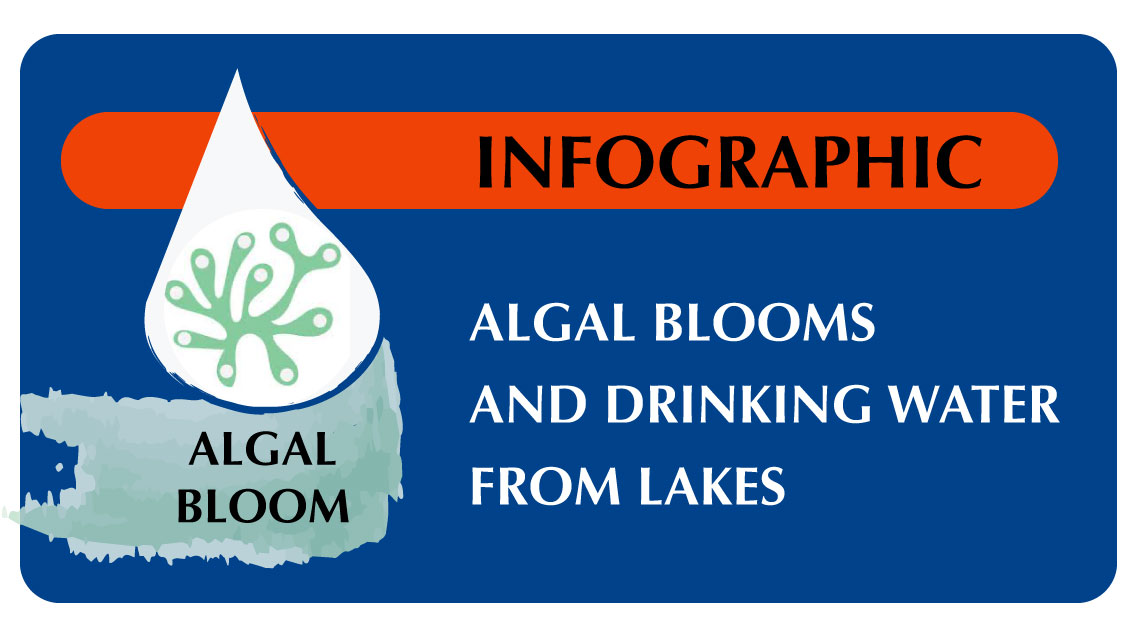Lakes and Algae Blooms
What are cyanobacteria, algae and cyanotoxins?
Learn about cyanobacteria, algae and potential toxins in lake water, here.
Algae and cyanobacteria are important team players in lake ecosystems – fueling crustaceans, organisms through the water column, and fish. Cyanobacteria created most of the oxygen in the Earth’s biosphere.
How can I be sure that lake water is safe for recreation or treatment and drinking?
The Ministry of Health is responsible to monitor safe bacterial concentrations in surface water for recreation: see lake water quality for recreational use.
Water system suppliers are responsible to monitor and to notify their ratepayers about treated drinking water quality from water systems with a surface water source (e.g. North Salt Spring Water District).
Click for Health Authority Contacts
The Health Authority does not have a responsibility to monitor or alert private surface water licencees about potential algae or cyanobacteria blooms or cyanotoxins in lake water supplies.
Click this next image for the full infographic, for more detail:
Interactive Algae Observations Map for BC
What is a safe concentration of cyanotoxin in drinking water from my residential-scale treatment of lake water?
Health Canada states that “Drinking water supplies known or suspected to be susceptible to blooms should be monitored routinely for the presence of cyanobacteria”. The recommended approach is visual monitoring of the lake itself for evidence of increasing cyanobacterial cell density or bloom development, followed by increased vigilance and additional steps if such a bloom is visually detected.
Surface water supplies are prone to contamination from many sources.
If withdraw lake water for domestic use, you need the right information about managing quality in your water supply.
What is the difference between internal and external phosphorus loading to a lake?
Lakes on Salt Spring Island tend to undergo a natural mixing period from later in November through to March-April. During lake mixing, sediment is stirred up and nutrients are re-released into the water and made available for growth of algae, plants and cyanobacteria. Intense rainfall events also bring more phosphorus to a lake in a short timeframe, which may contribute to growth of algae and cyanobacteria, along with the phosphorus added to the lake water because of internal sediment stirred up during the winter mixing period. The phosphorus loading through very intense rainfall was proposed rationale for the significant algae/cyanobacterial blooms in St. Mary Lake over the last few decades by Squires and Bodaly (2020).
Learn more about St. Mary Lake on Salt Spring Island, here.
Reference:
Squires, M. and D. Bodaly. 2020. Gulf Island Lakes: New Work 2014-2020: summary of six reports. On Salt Spring’s St. Mary, Cusheon, & Blackburn and Cortes’ Hague & Gunflint British Columbia, Canada. Available at the Salt Spring Island Public Library reference copy only (REF 333.91 SQU). The publication details results of scientific study featuring trends in algae and cyanobacteria production, phosphorus nutrient loading and trophic status of these lakes.
Contact us if you have specific questions about the topics in this post, and we will do our best to coordinate your inquiry to the SSIWPA member organization that is most appropriate.


